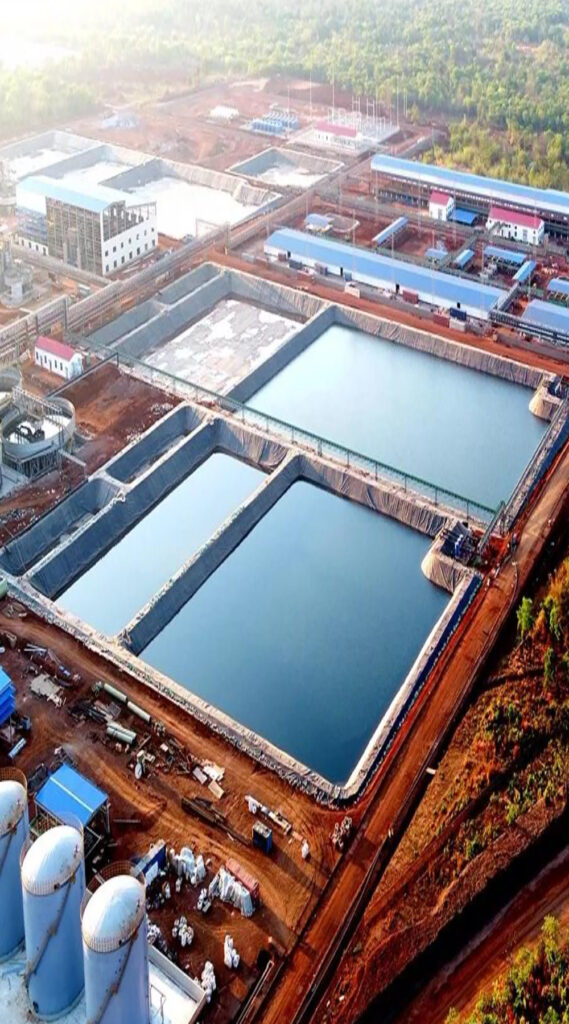A solid waste landfill is a facility for the treatment and storage of solid waste that can effectively reduce pollution to the environment.
In August 2019, Tinhy built a solid waste landfill project in the Democratic Republic of the Congo. The following is a brief introduction to this project.
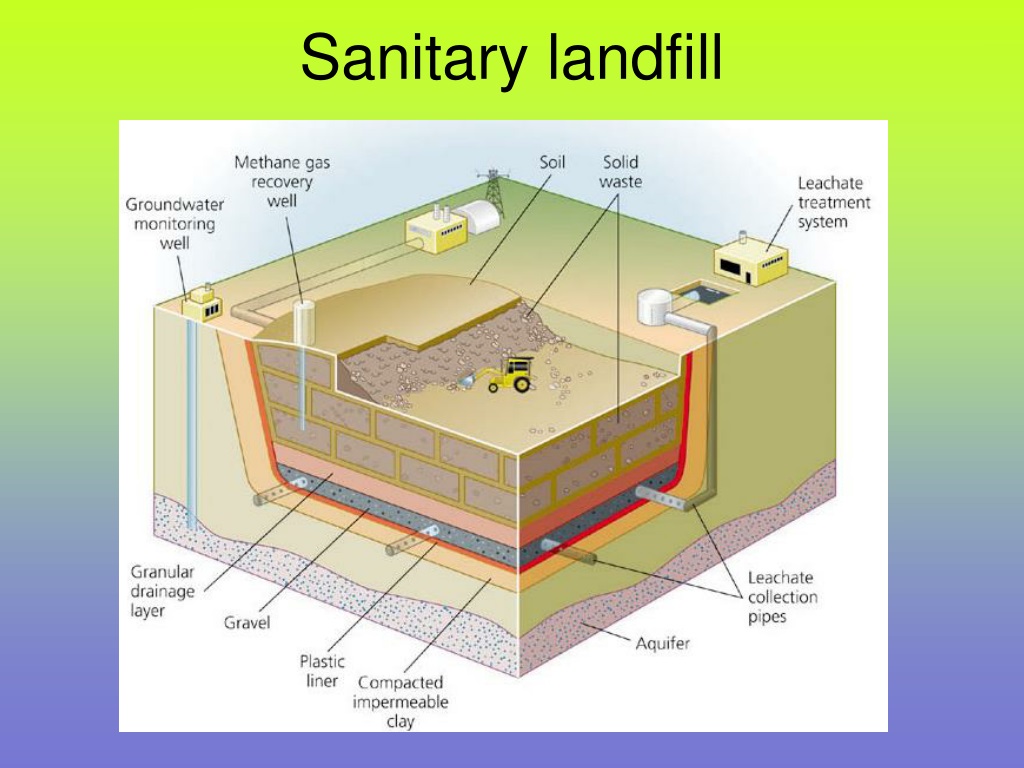
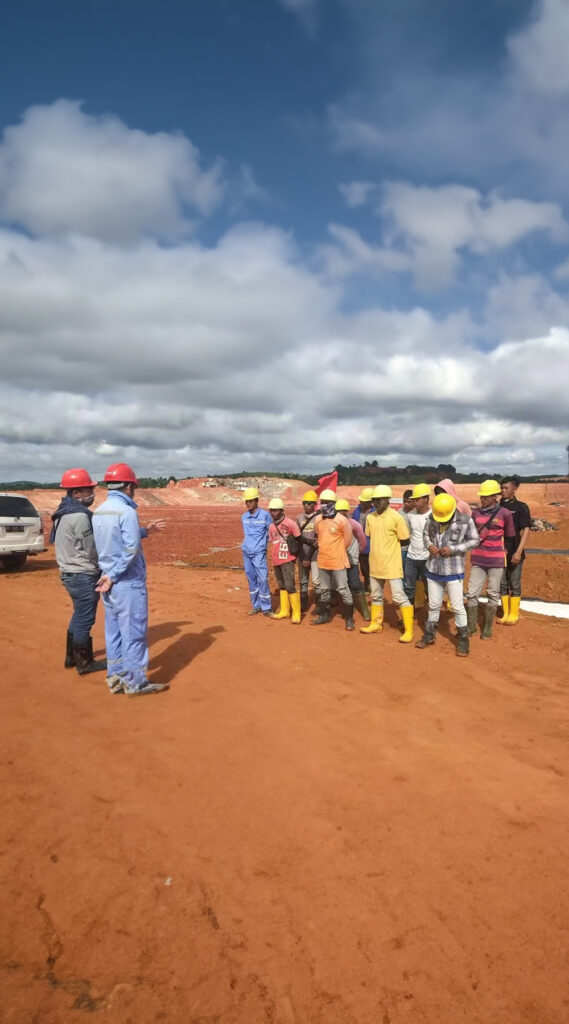
1. Project background
With the rapid development of urbanization and industrialization, the generation of solid waste is also increasing, causing serious pollution to the environment.
In order to solve the problem of solid waste disposal and improve the quality of the environment, we decided to implement a solid waste landfill project.
2. Project objectives
The main goal of this project is to build a safe, environmentally friendly and sustainable solid waste landfill to handle local solid waste and reduce environmental pollution.
Specific goals include:
Build a safe and reliable landfill reservoir area that can effectively bury solid waste.
Build an efficient leachate treatment area capable of treating leachate generated during the landfill process.
Build a complete production management area that can effectively manage the operation and maintenance of the landfill.
3. Project content
design phase:
(1)To determine the location of the landfill, comprehensively consider factors such as topography, geology, meteorology, and transportation.
(2)Design the reservoir area, leachate treatment area, production management area, etc. of the landfill to ensure that the functions of each area are reasonable, safe and reliable.
(3)Determine the landfill method, anti-seepage measures, leachate treatment process, etc., to ensure that the landfill construction meets environmental protection requirements.
construction stage:
(1)Carry out the construction of the landfill site according to the design requirements, including the construction of the landfill reservoir area, leachate treatment area, production management area, etc.
(2)Ensure that the construction of the landfill meets the requirements of safety and environmental protection, and take corresponding measures.
(3)Carry out construction according to the construction schedule to ensure that the landfill construction is completed on time.
Testing phase:
(1)Test the landfill to ensure that it is functioning properly.
(2)Test the leachate treatment area to ensure that the leachate treatment efficiency meets the design requirements.
(3)Train the management and maintenance personnel of the landfill to ensure the normal operation of the landfill.
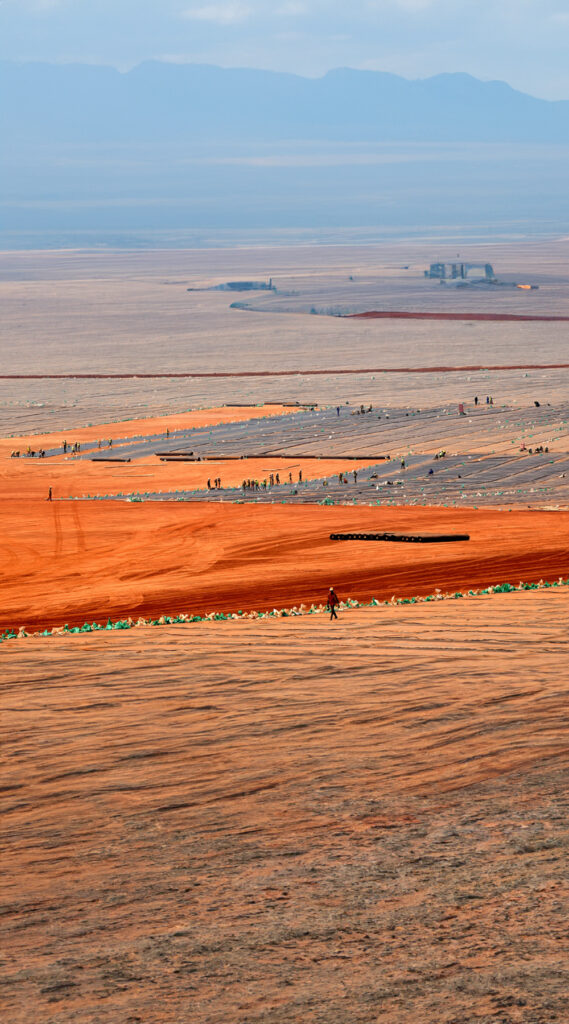
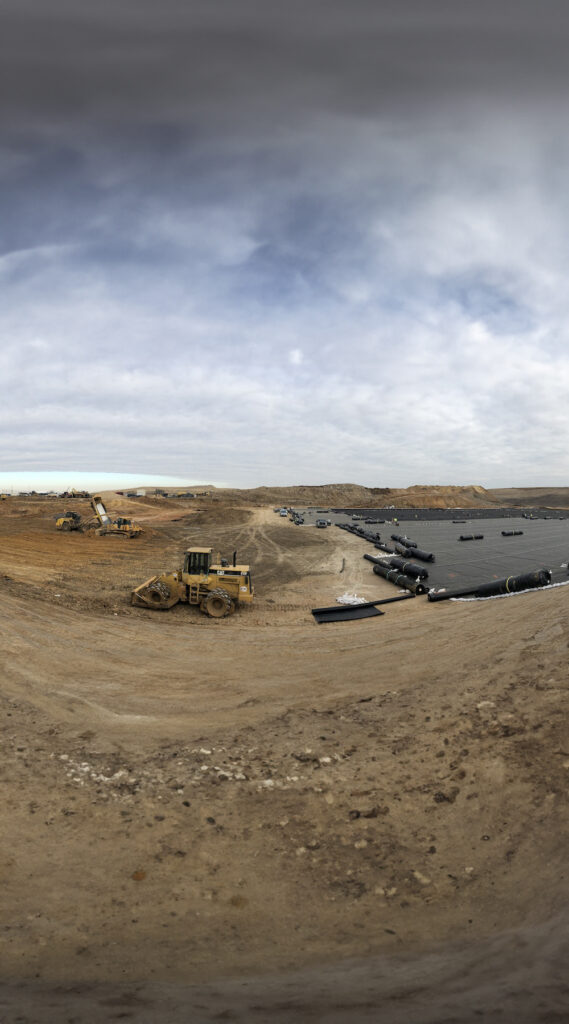
4. Project risks and countermeasures
Poor geological conditions: For possible geological problems, we will conduct detailed geological exploration to ensure safe and reliable site selection.
At the same time, effective anti-seepage measures are taken during the landfill process to ensure that solid waste will not pollute groundwater.
Unsuitable climate conditions: For possible climate issues, we will conduct a detailed climate assessment to ensure that the landfill can adapt to local weather conditions.
At the same time, effective waterproof and drainage measures are taken during the landfill process to ensure that solid waste will not pollute the surrounding environment.
Inconvenient traffic: For possible traffic problems, we will comprehensively consider traffic conditions to ensure that the landfill can be easily reached.
At the same time, take effective transportation management measures during the landfill process to ensure that the transportation of solid waste will not pollute the surrounding environment.
5. Project benefits
The project will bring benefits in many aspects, as follows:
Economic benefits: The completion of this project will improve the production efficiency of mining enterprises, reduce operating costs, and increase the economic benefits of enterprises.
Social benefits: The completion of this project will reduce the pollution of the surrounding environment by tailings, improve the living environment of local residents, and enhance the level of social and public welfare.
Environmental benefits: The completion of this project will reduce the pollution of the surrounding environment by tailings, protect the ecological environment, and promote sustainable development.
6. Project evaluation
During the project implementation process, we will regularly evaluate the project, including progress, quality, cost and other aspects.
Make timely adjustments based on the evaluation results to ensure the smooth progress of the project.
At the same time, the completion of this project will also provide useful reference and reference for the implementation of other similar projects.
